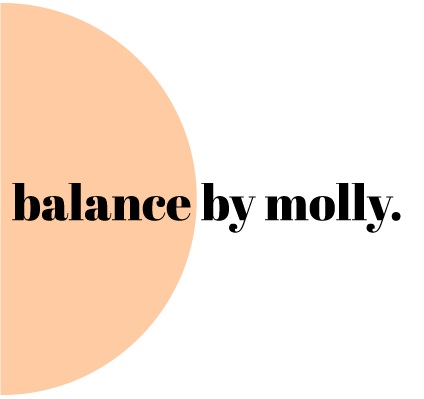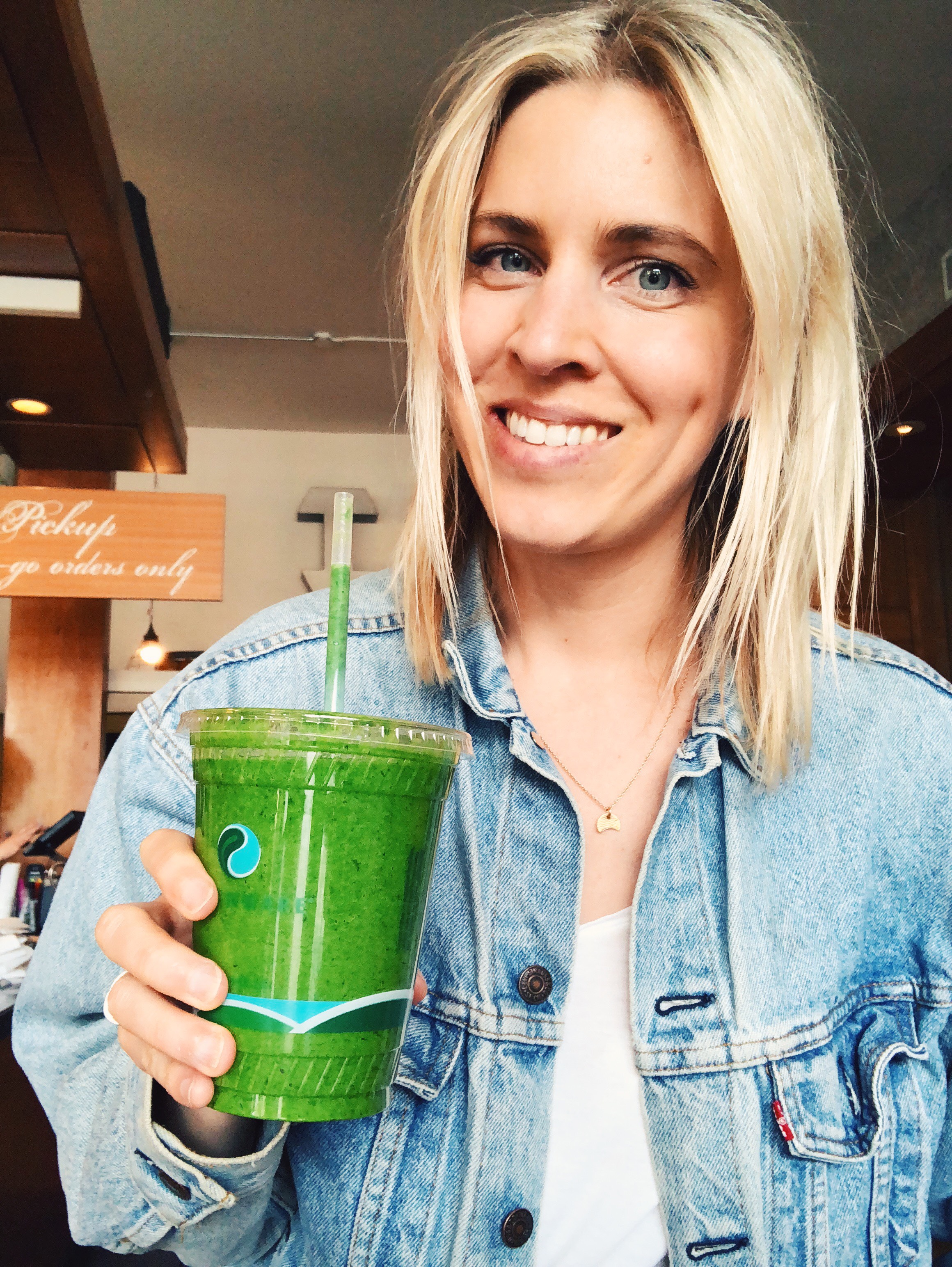It’s commonplace in the wellness industry to cut foods out of your diet when experiencing digestive issues. But what if prolonged restriction of food groups is making digestive symptoms worse from lack of microbiota diversity? What if a more varied diet is actually the key to not only better digestive health but also a better relationship with food.
YOU ARE WHAT YOU EAT – GUT MICROBIOTA
It’s pretty simple when you think about it – you are what you eat. I am sure a lot of you have heard or read this statement at some point in your health journey. But what does it truly mean? Simply put, what we eat on a daily basis influences the bacteria that populates our guts (our microbiota), and it is the diversity of this bacteria that protects us from dysbiosis-related diseases. The maintenance of healthy microbiota requires a homeostatic equilibrium (balance) and without this can cause dysbiotic microbiota (imbalance).
Our guts are populated by somewhere between 40 to 100 trillion micro-organisms (most are bacteria, but also fungi, viruses and protozoa, which eat bacteria and therefore regulate bacteria population in our gut). The diversity and homeostasis of these micro-organisms is largely influenced by what we ingest (food, drink, OTC, pharmaceuticals + recreational drugs, etc.) with environmental and stress playing a role as well.
If you logically think about it, because your gut microbiota diversity is largely a result of what you eat, then the more diversity in your diet means the more diversity in gut bacteria. More diversity means better gut health
What goes in must come out…
Every time we have a bowel movement, it is actually comprised of 25 to 54% bacterial microbes, with the remaining being water and undigested protein and fats (our poop doesn’t contain a high amount of carbs as the majority of what we eat is absorbed).
So really, every single day we are “disposing” (for lack of a prettier way to put it) of up to 50% of our gut microbiota which gives us a chance to repopulate it with a variety of food. Every day we have the chance to create a healthy gut and healthy digestion.
YOU ARE ALSO WHAT YOU DON’T EAT
We currently live in a diet culture which preaches the removal of foods for better health – gluten, dairy, high FODMAP foods, grains, legumes. There is definitely an argument against processed sugars like sucralose and food dyes and their adverse influence on dysbiosis (imbalance). But processed food is not the focus here.
A low FODMAP diet is a popular way to treat IBS. Over 10 clinical trials have resulted in 50%–80% of patients with IBS, in particular with improvements in bloating, flatulence, diarrhea. Although we see fantastic short term results, what we don’t know are the long term effects of the low FODMAP diet on our gut health. What we do know, is that Low FODMAP diets lead to profound changes in the microbiota and metabolism, the duration and clinical relevance of which are as yet unknown. Could we be damaging our guts long term from restriction for short term relief? When you logically thing about it, the low FODMAP diet removes important prebiotic foods (that feed our healthy gut bacteria) such as garlic, onion and asparagus
Other popular diets to help alleviate digestive symptoms and IBS include the Whole 30 and the paleo diet that remove not only legumes like low FODMAP but also dairy and gluten. So, let’s quickly review what happens when we eat/don’t eat these foods.
BENEFITS OF DAIRY AND GLUTEN
DAIRY
Since cheese is one of my favorite foods, let’s start with the benefits (with a focus on whole dairy, not processed cheese, low fat or non-fat). When you eat cheese this increases the Bifidobacteria in your gut which are known for their positive health benefits such as potential protection against pathogens and increased production of short chain fatty acids from raw milk cheeses.
In my opinion, based off of my own clinical studies research and what I see with clients, dairy can be part of a healthy diet. Not only good cheese but also good yogurts. But let’s say that at some point you stopped eating dairy and replaced everything with nut-based alternatives. You miss real cheese, and you wonder if your digestion would suffer if you started to eat it again.
If you haven’t had dairy products for a long period of time (over 30 days), reintroduce them slowly. Start with raw cheeses, hard cheeses, or goat or sheep cheeses that are lower in lactose and casein and therefore easier to digest.
It is likely, as with any food that has been restricted from your diet for longer periods of time, that it will cause digestive upset. This may not be because of an intolerance, but likely because you don’t have the bacteria and enzymes to digest dairy since it has been removed from your diet. Your body needs time to replenish bacteria to digest food properly. Have patience.
GLUTEN
For those with diagnosed gluten sensitivity and celiac disease, studies show that gluten-free bread reduces microbiota dysbiosis (imbalance). But most people who avoid gluten do not have celiac disease or proved intolerance, and a recent study showed an increased risk of heart disease in gluten avoiders, potentially because of the reduced consumption of whole grains which are so important for heart health. This study showed that a group of healthy people had substantially different gut microbiota profiles after four weeks on a gluten-free diet, including a lower abundance of several key beneficial microbe species.
When you have a lower abundance of key bacteria in your gut, this changes the gut microbiome composition and alters the activity of microbial pathways.
Like with dairy, or any other food you restrict for longer periods of time, eating gluten again after not having it in your diet will cause bloat and other gastro-intestinal symptoms that mimic a possible intolerance when in reality this could be your body adjusting to new foods when you don’t have proper gut bacteria and enzymes to digest.
If you need help adding more carbohydrates to your diet, you can download my free healthy carb resource.
SIDE EFFECTS OF RESTRICTIVE DIETS
Look, I totally get it. Altering what you eat in order to alleviate digestive symptoms is a very popular treatment protocol. But it is important to ask yourself, what are the side effects of popular restrictive diets on my gut health? These may include strict vegan diets, raw food or “clean eating” diets, gluten-free diets, and low FODMAP (fermentable oligosaccharides, disaccharides, monosaccharides, and polyols) diets used to treat digestive disorders such as irritable bowel syndrome.
Short term, restrictive diets can help you balance your gut with less uncomfortable symptoms than before. The studies are there to prove this, and yes it works in the short term. I also use low FODMAP principles to help my clients with digestive symptoms, but only short term before working with them to reintroduce all foods back in.
Long term, we don’t know how damaging these restrictive diets are once they start to alter our gut microbiota and starve us of important beneficial bacteria for optimal health.
So here are my thoughts. If you choose to do a restrictive diet to address gut issues, only do it short term for a maximum of 2 weeks to 30 days at the very most. Please don’t make a restrictive diet your new normal of eating.
What happens is that when the restrictive diet does alleviate symptoms, you are then afraid to reintroduce foods that you believe caused symptoms. What is important is a slow and thoughtful reintroduction of foods to replenish your gut bacteria so that you can have better digestions with all foods in your diet.
If you are currently on a restrictive diet and would love to start incorporating more foods to feel your best, you can schedule a consultation with me on the phone to talk about my programs.
You can also download my Food Freedom Guide to help break any food rules that you may currently have from being on restrictive diets.
** as always, consult a medical professional before making any drastic changes to your diet.



